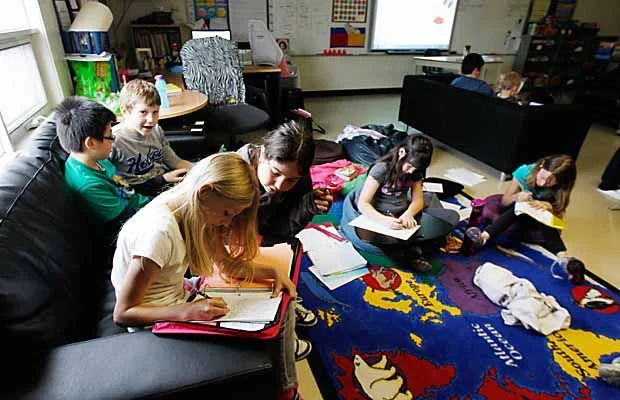Despite the constant back and forth on its health and productivity benefits, the standing desk—the Skechers Shape-Ups of office furniture—has gone fromworkplace curiosity to a fixture of the modern office. But there's a yet untouched desk pasture ripe for colonization by our favorite love-to-hate workstation: schools.
A handful of classrooms have already ditched traditional sit-only desks for their standing counterparts, but following a new study from Texas A&M this week, a lot more could follow. Researchers found that standing desks had a positive impact on the body mass index (BMI) of kids who use them.

























